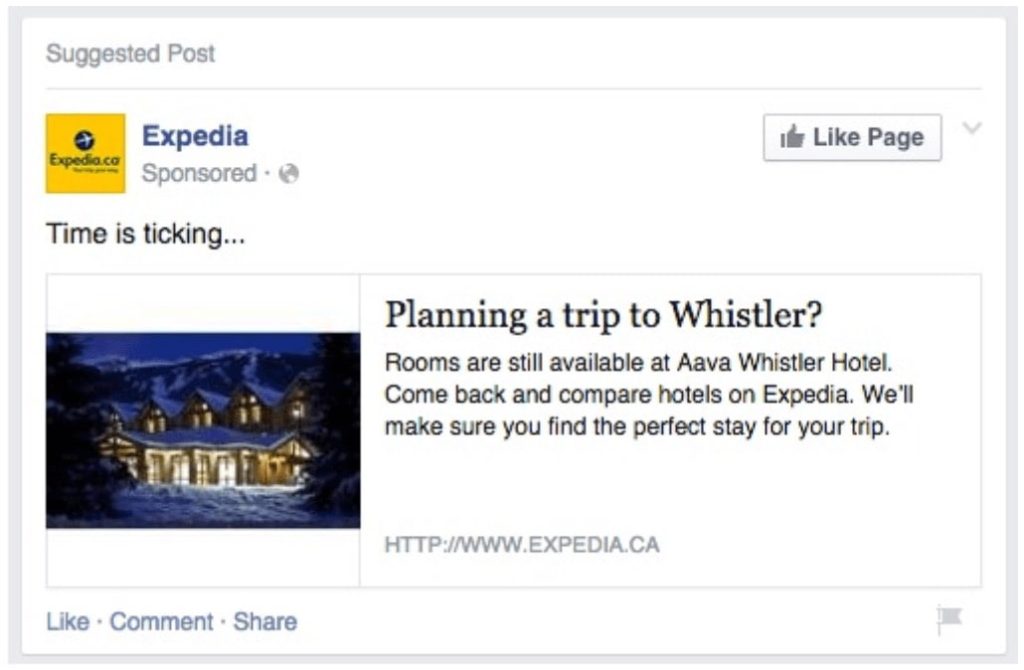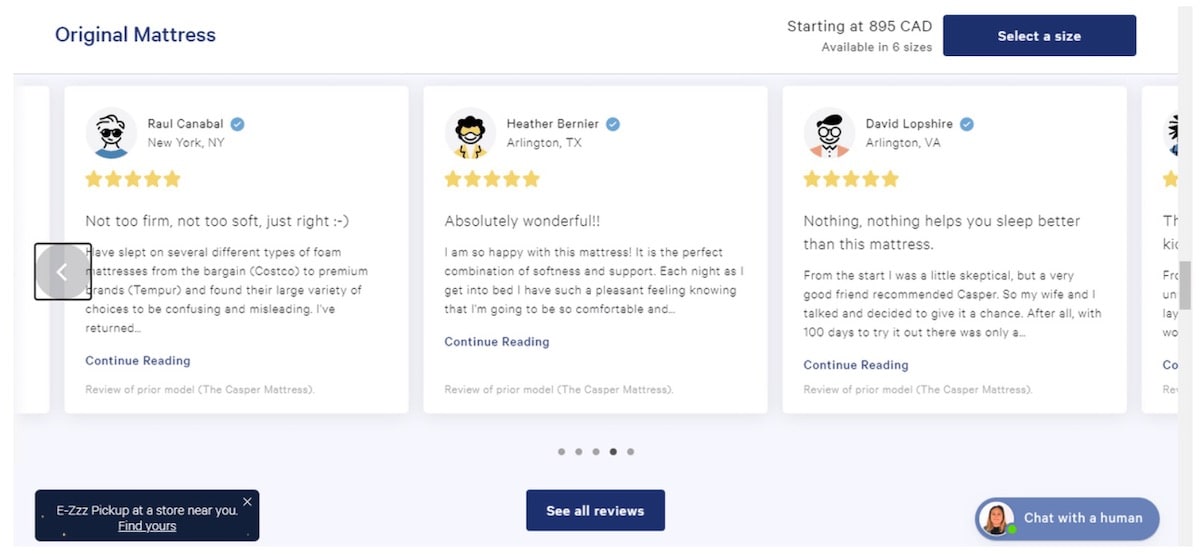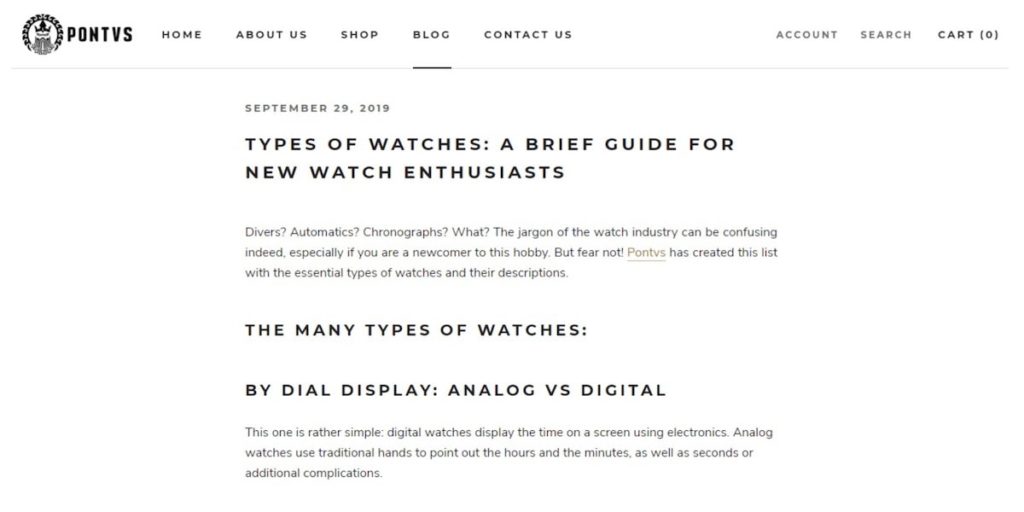The Federal-Aid Highway Act of 1956 meant automotive accessibility for almost 170 million Americans. But it also had the side effect of fundamentally changing consumer habits. All those traveling Americans needed to eat. And the food industry sated their hunger with fast-food drive-throughs.
Fast forward to 2020, and COVID-19, similarly, has had an unexpected side effect on consumer spending. The big difference now is that they’ve become online consumer habits.
Shoppers are flocking to the Internet more than ever before. As a direct result of the pandemic, click and collect has risen 95% while home delivery is up 39% in the United States. A whopping 81% of North American consumers also plan to continue online shopping at least until the end of 2020.
For businesses, COVID-19 has likely changed things forever. People are window shopping less and going online to research products and services instead. To capitalize on lead generation opportunities, you need to adapt your business to align it with these new online consumer habits.
How Brands Reshape Consumer Habits
Brands use their knowledge of consumer habits – the data they collect about consumers – to incentivize or sway shoppers into making a decision. (How many times have you seen a retargeted ad on Facebook or Instagram and thought “I might actually need that?”)

Source: Single Grain
Businesses are constantly collecting customer data to understand how consumers shop. They use this data to determine everything, from the type of clothing you like to how many website sessions it took you to purchase that piece of clothing.
According to Charles Duhigg, New York Times business writer and best-selling author of The Power of Habit, businesses have the ability to change consumer habits. To do so, they need to follow a specific framework that is comprised of four distinct steps.
- Identify the routine
- Experiment with rewards
- Isolate the cue
- Have a plan
To illustrate this, Duhigg points to an example from Febreze. Most people clean their homes (routine). So Febreze experimented with adding scents to their previously scent-free odor eliminator (reward) that wasn’t selling well. What they found was that people wanted their homes to smell just as clean as they looked (cue). People didn’t necessarily use Febreze as an odor eliminator in the traditional sense but as an air freshener that served as the last step in a person’s cleaning ritual.
Once Febreze determined the routine, reward, and cue, they were able to add more scents that consumers wanted to fill their clean homes with.
How COVID-19 Changed Online Consumer Habits for E-Commerce
COVID-19 has forced shoppers to develop new online consumer habits. People are spending less time physically shopping in stores and more time browsing online.
According to Etsy CEO Josh Silverman, it’s a time of transformation. He believes there are only three opportunities to reshape people’s habits: marriage, moving homes, and having a baby. For example, a couple who has just had a baby is likely to adjust their lifestyle and thus their shopping habits. They might now purchase an SUV or van instead of the two-door sports car they’d have bought in their baby-free years.
COVID-19, however, has presented a unique opportunity where “everyone’s habits are up for grabs.”
Americans are breaking their normal routines by staying at home more, which has helped drive e-commerce sales even higher. Looking at Google search traffic from January to July 2020, it’s clear that home activities have replaced live events and other outings on the town. Search traffic for the keyword “ticket” understandably went down 58%. On the other hand, the keyword “takeout” saw an 85% increase in search traffic.
That said, e-commerce continued to thrive even after many businesses began to reopen in the summer. E-commerce growth that ended in the first week of August was up 71% YoY.
It’s becoming abundantly clear that COVD-19 has changed consumer habits for the foreseeable future. The pandemic has supercharged online consumer habits, unlike any other time in history. People are wary of going out to a mall and touching products or trying things on. Because of that, brands need to adjust their marketing strategies to emphasize a heavy digital-first approach.

Referral Marketing – The Best Practices You Need to Know
Written by veteran referral marketers, this guide will help you optimize your referral marketing program and supercharge growth.
Get the GuideHow to Leverage the Increase in Online Shoppers to Attract Leads
You can’t sit idly by if you’re hoping to attract fresh leads during a pandemic. There are only a handful of recognized brands that can really rest on their laurels in that respect. Every other business needs to adapt by catering to this increase in online shoppers with marketing tactics to help boost engagement and bring in new leads.
BUILD A REFERRAL PROGRAM
With more online shoppers as a result of COVID-19, there’s also more opportunity for referrals. Whether you’re a B2C, B2B, or D2C brand, you need to earn an online shopper’s trust. The most effective way to do that is to get help from the people they know by incentivizing them to refer your product or service to a friend or family member.
Start by building a refer-a-friend program and have a dedicated page to it somewhere on your website. You can easily set it up with Extole. Our platform automatically provides you with all the pre-built sharing and referral templates you need to set up your program.
You also need to make it worth everyone’s while. For a referral, offer both the referring customer and their friend a discount.

Source: Freshly
The example above from Freshly gives $40 to the referring customer and to their friend after the friend completes a purchase. This type of referral program incentivizes both sides to continue shopping online with your brand.
Rewards can come in many different forms, including discounts, promo codes, and free downloadable resources. Make sure you align it with the current standard in your industry.
ENCOURAGE REVIEWS
Online reviews are critical for a product or service people can’t see or touch. With so many more people eager to shop online during COVID-19, give customers an incentive to leave reviews.
Set up a review section on each of your product or service pages. Ensure it includes a rating system (stars, numbers, etc.) and a section to leave comments. Good or bad, people reading these reviews are looking for an authentic opinion – not a sales pitch.

Source: Casper
To make it more enticing to leave a review, offer a reasonable discount that aligns with your customer’s desire to shop online more. After they complete the review, send the customer a discount or special promo code via email. You can even have an expiry date to add more urgency, so the customer will use it on a product or service within a specified time frame.
SUPPLY EDUCATIONAL CONTENT
As more consumers purchase products and services through e-commerce sites during COVID-19, they also need more information and insight to complete a purchase. Position your product or service as a solution through educational content.
Create blog posts, videos, or audio recordings to help answer consumer inquiries. Match your content with your target audience’s search intent. If you’re a company that sells watches, for example, you might want to create a blog post about different types of watches along with their advantages and disadvantages.

Source: Pontvs
If the user types in “types of watches” in a Google search, they may see your blog post, get the information they need, and see that your brand also sells watches. Because you’ve already positioned your watches in a positive light, the consumer can simply click a link to your product or service pages for more information before eventually making a purchase.
Stay on Top of Online Consumer Habits
New online consumer habits require a digital-first mindset. While this was evident prior to the pandemic, the rate at which people are engaging with e-commerce sites during COVID-19 has accelerated significantly. People who normally wouldn’t have shopped online prior to the pandemic are now joining the growing e-commerce movement.
COVID-19 has proven that the demand for e-commerce will continue to grow. In order to keep future consumers engaged, you need to maintain brand flexibility and change initiatives when new online consumer habits arise.




